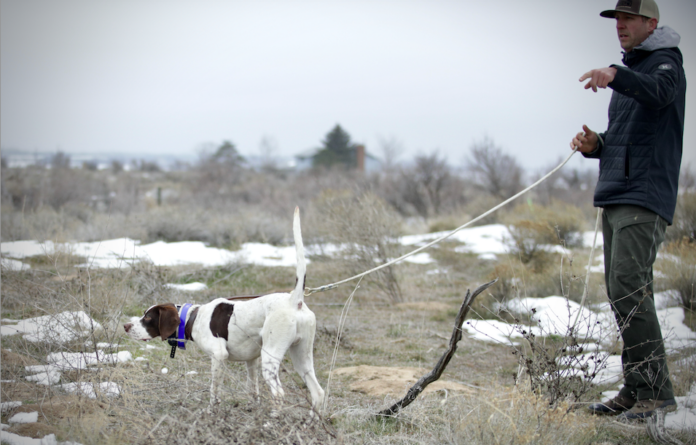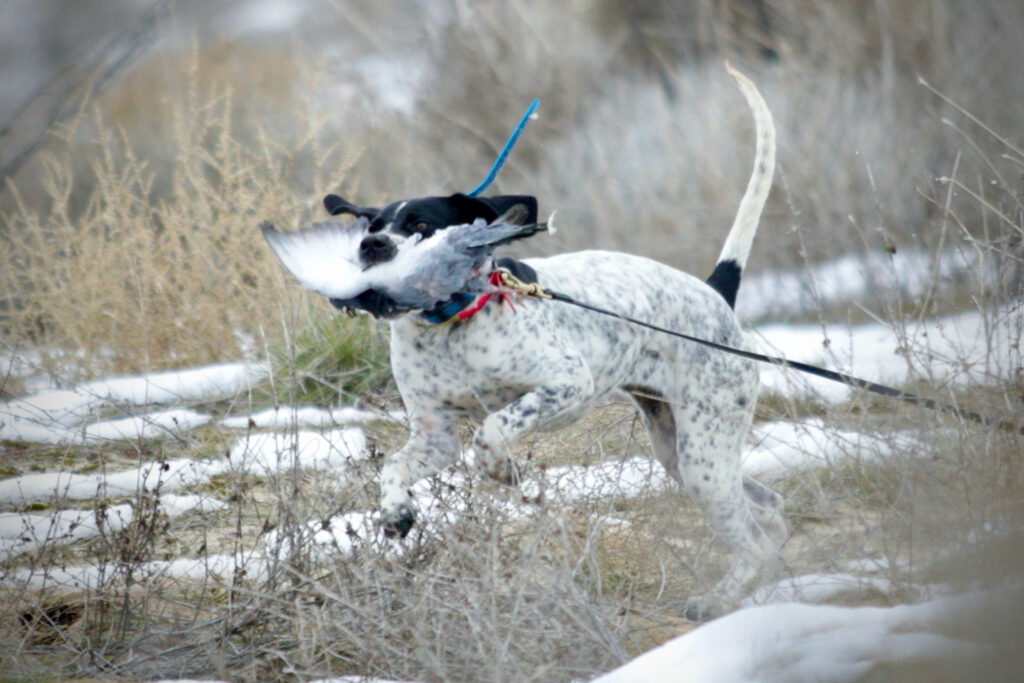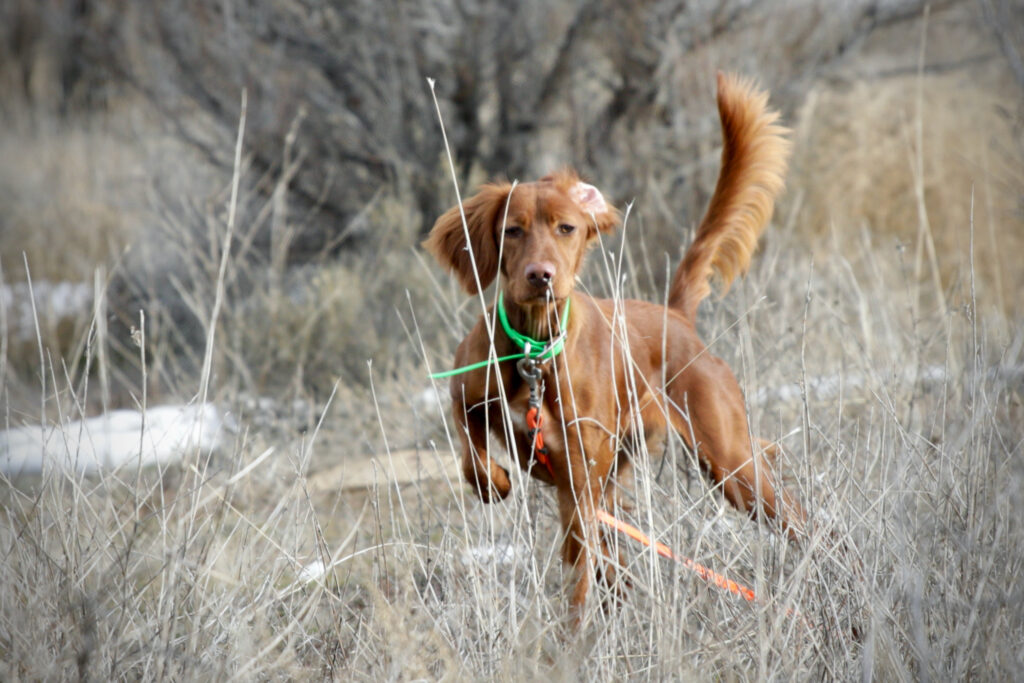
BY RYAN FORTIER
1. Picking a breed, breeder, litter, gender and puppy
People love to get so analytical when it comes to picking a puppy. I say it comes down to personal preference and having a little common sense. Breed and gender of your new puppy really comes down to your personal preference. Be realistic, do your research, find a reputable breeder and pick the type of dog that you like and the gender that you prefer.

2. Getting your puppy home (8 weeks to 4 or 5 months)
It is important to begin socializing, developing and training your new puppy as soon as you get it home. Crate train to give your puppy security, teach them their place and begin potty training. Daily walks off–leash with the freedom to explore, be a puppy and begin developing naturally. Short retrieving sessions with knotted-up sock, balls or small bumpers in a hall way or corridor.
3. Gun breaking (4 to 5 months)
No dog is born gun shy! Yes some dogs are born more timid than others, and more likely to become gun shy. Use common sense and patience to develop a desire for birds first, and then give your pup an opportunity to develop a positive relationship between gun shots and birds. A gun broke dog is a dog that understands the gun shot means that he could potentially retrieve a bird.
4. The flyway (5 months to 1 year)
It is time to let go of the leash and afford your youngster the opportunity to run, hunt, find birds and develop whatever natural instincts he was born with. During this time whether you are turning your puppy loose on planted birds, liberated birds or wild birds, it is important that the environment be safe and as natural as possible. During this time, if your dog is finding quality birds he will begin to develop scent recognition, prey drive, forward run and pointing instincts.

5. Formal training (1 to 2 years)
Once your dog has had enough time to develop into a raw hunting dog it is time to start training. A bragging rights bird dog must hunt intelligently, hold point until the handler can flush and shoot the bird, find and retrieve shot birds delivered to hand fit for the dinner table, consistently come when they are called and handle to the front stretching out in open country and shortening up in terrain with more cover.

This article was written by Ryan Fortier from Long Hollow Bird Dogs, based in Ellensburg, Washington. Check out www.longhollowoutdoors.com for more info.


